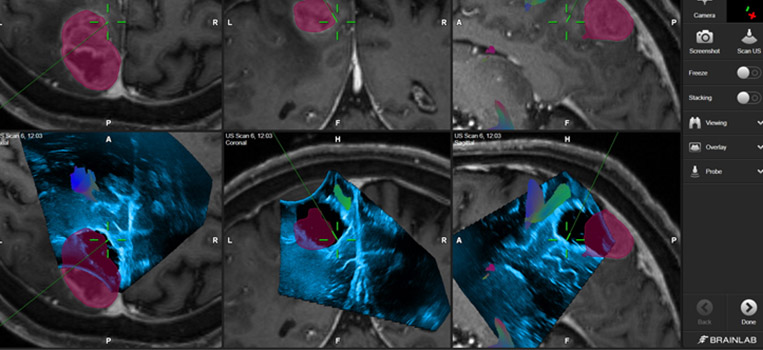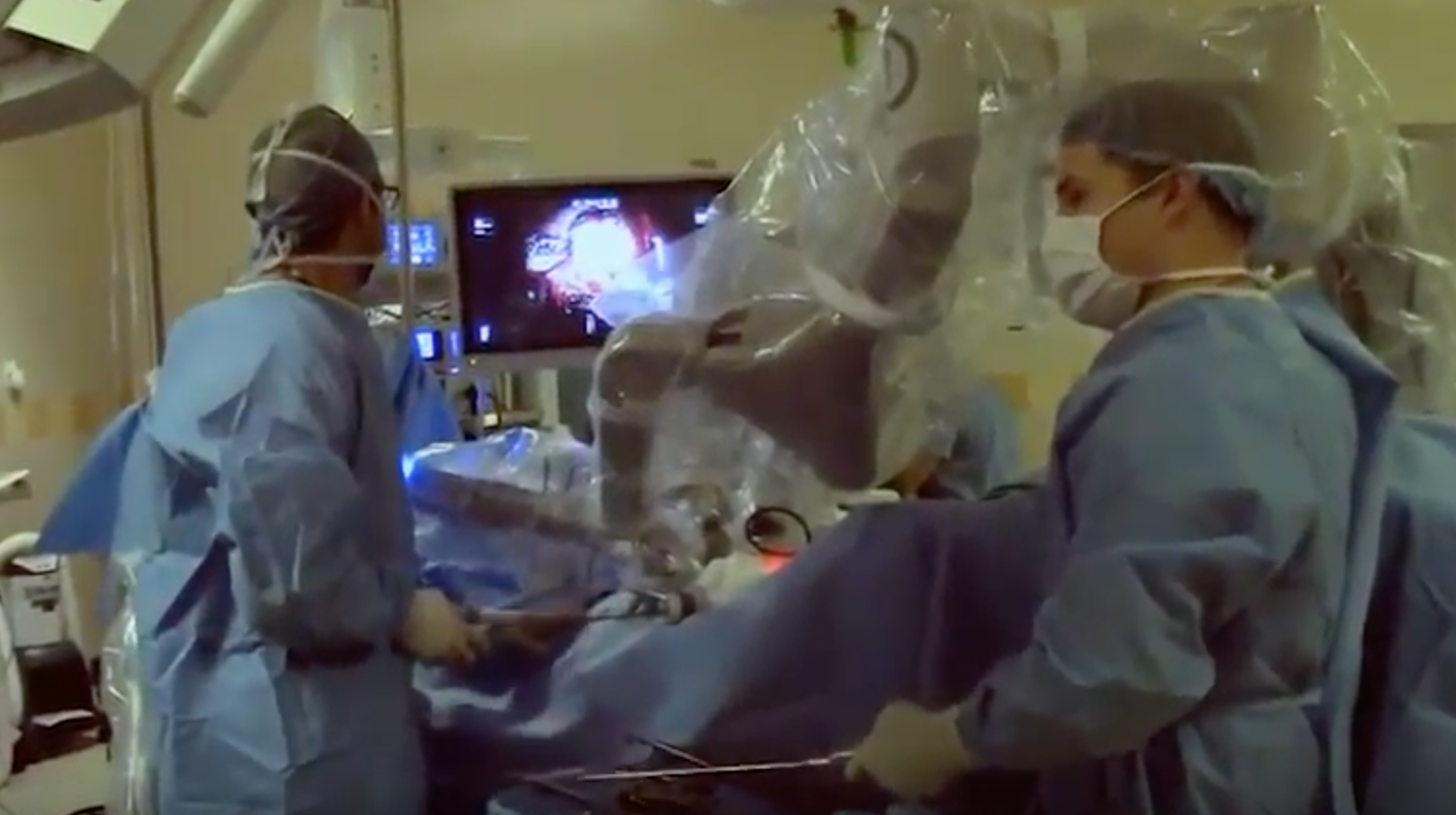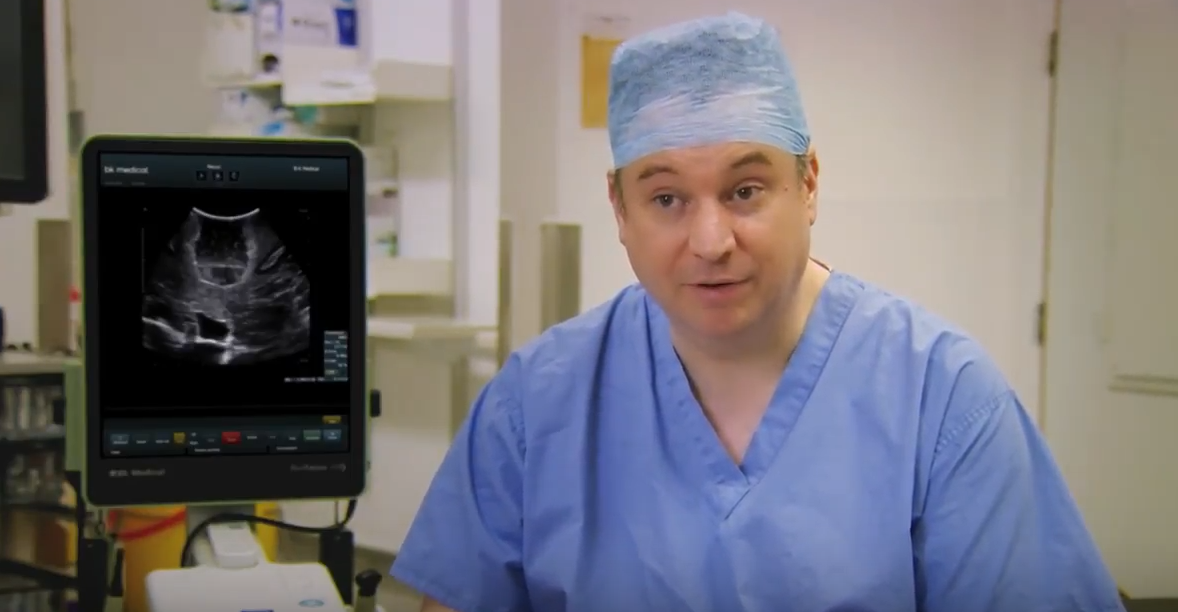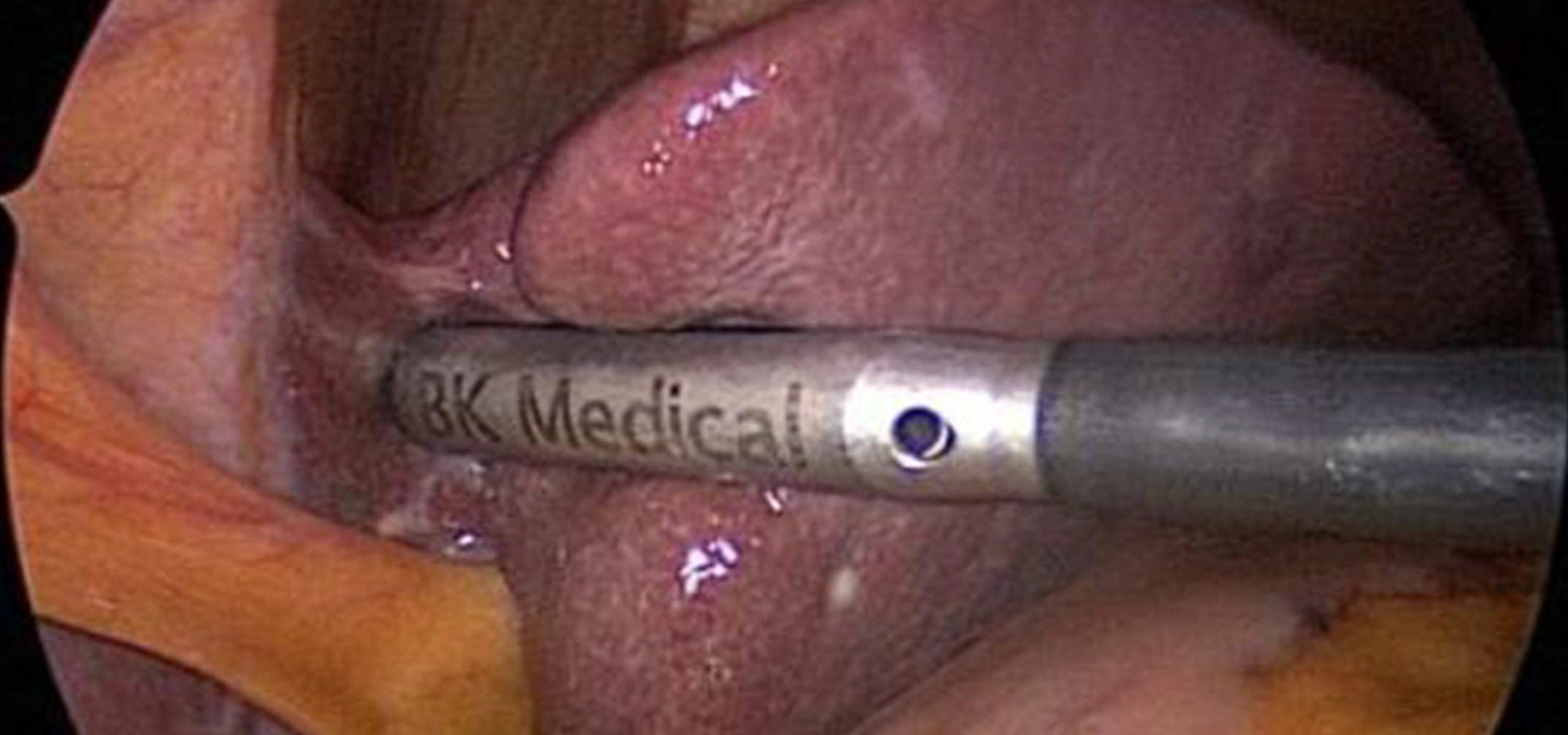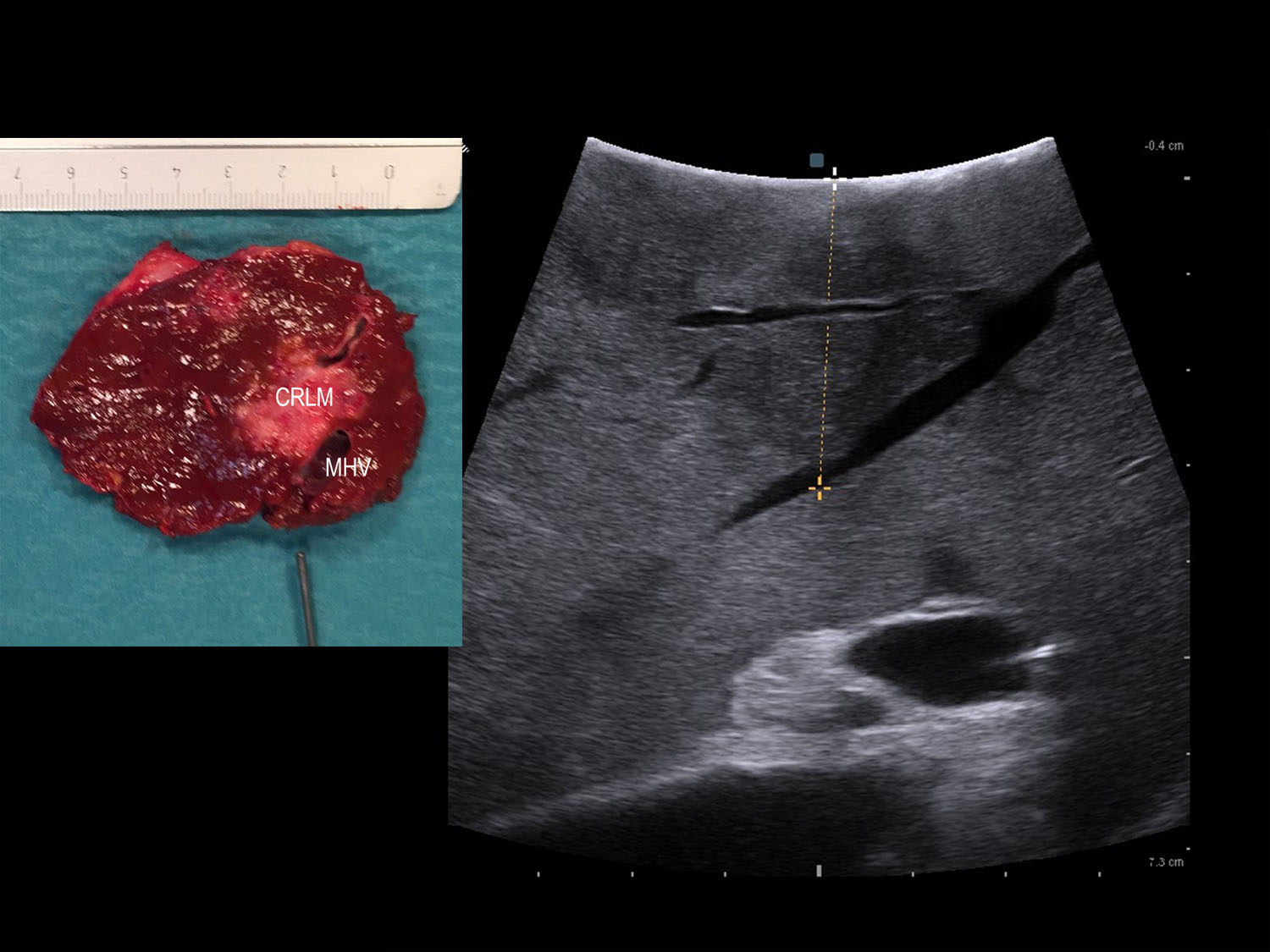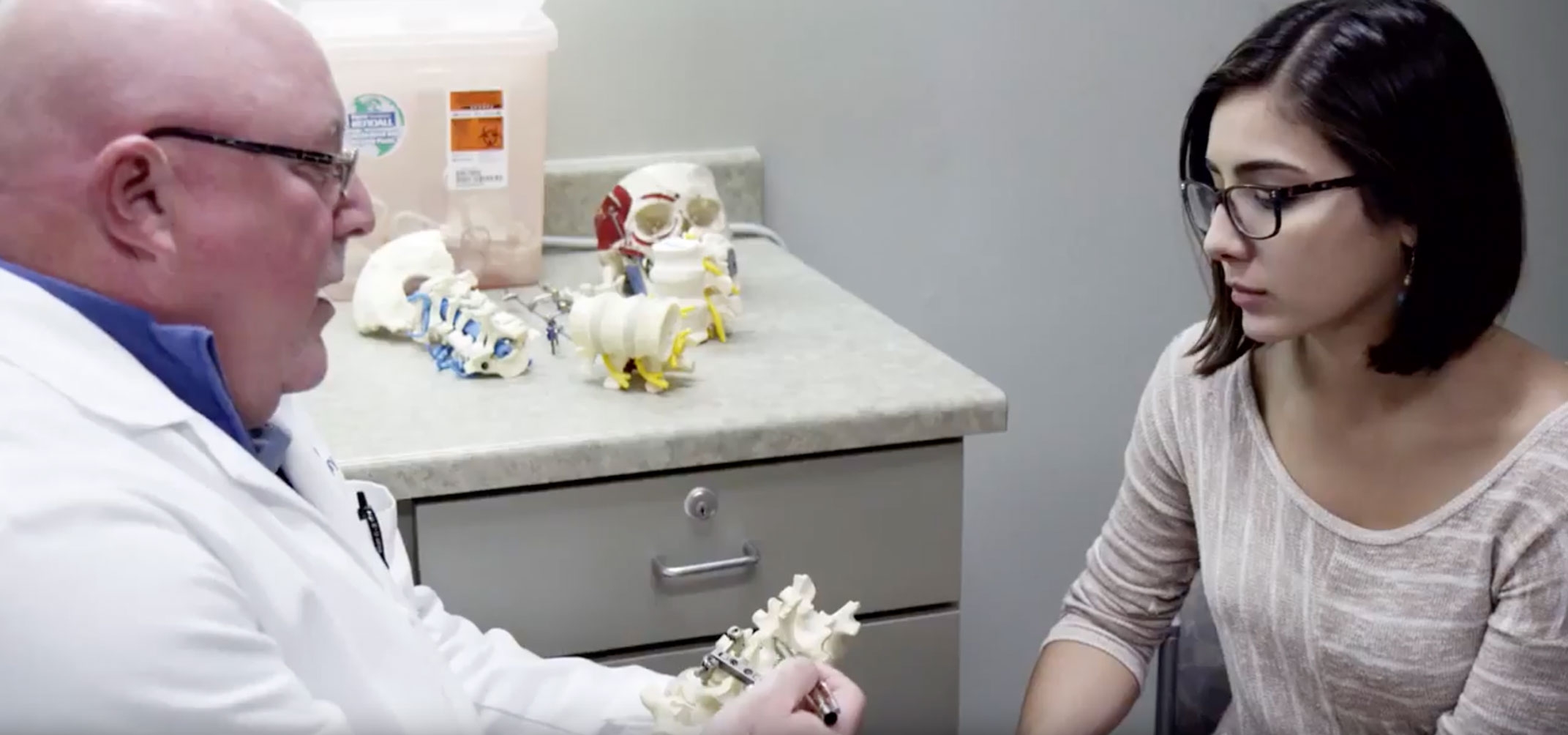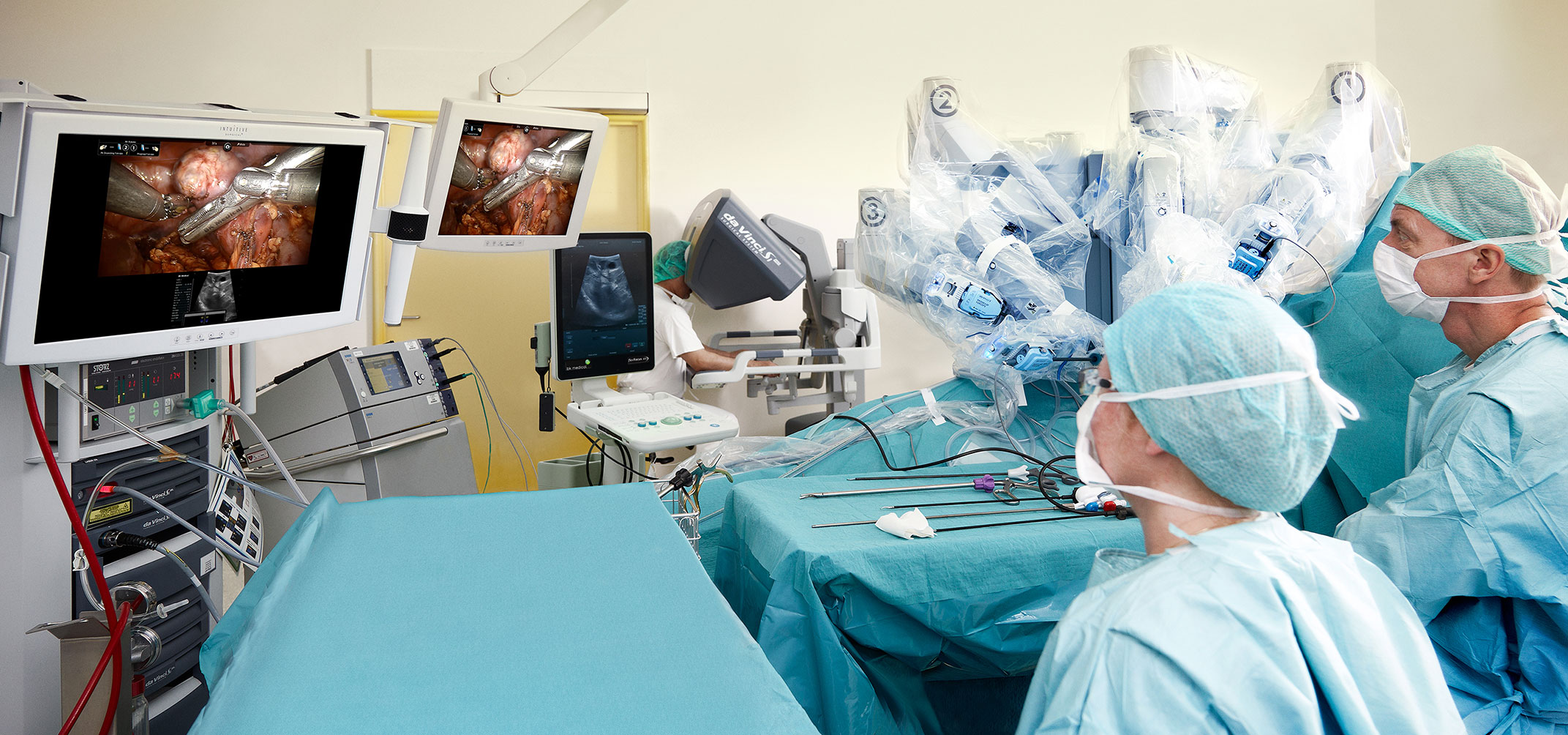Dr. Edward A. Duckworth, MD, MS, FAANS is Director of Neurosurgery for St. Luke’s Health System. He is an intracranial-focused neurosurgeon with fellowship training in cerebrovascular and cranial base surgery, as well as in endovascular neurosurgery and interventional neuroradiology.
Intraoperative Imaging for Chiari Decompression: Case Study
Topics: Surgery, bkActiv, Active Imaging, Intraoperative Ultrasound, Neurosurgery and Spine
Using Intraoperative Ultrasound to Correct for Brain Shift: Prof. Geirmund Unsgård
“Brain shift makes it impossible to rely solely on the use of neuronavigation.”
We recently shared a blog post featuring Prof. Geirmund Unsgård, Professor Emeritus of Neurosurgery at the Norwegian University of Science and Technology (NTNU). Prof. Unsgård has used ultrasound in neurosurgery for over two decades. Read our previous post here.
Topics: Surgery, Active Imaging, Intraoperative Ultrasound, Neurosurgery and Spine, Brain Shift
Using Intraoperative Ultrasound in Neurosurgery: Prof. Geirmund Unsgård
"In neurosurgery, you should be sure, and ultrasound gives you
certainty and makes you feel confident as a surgeon."
Geirmund Unsgård is Professor Emeritus of Neurosurgery at the Norwegian University of Science and Technology (NTNU), where he worked for 30 years. For 22 years he served as Chief of the Neurosurgical Department at St. Olavs Hospital, Trondheim University Hospital, in Trondheim, Norway. An expert of ultrasound-guided neurosurgery, Prof. Unsgård has used intraoperative ultrasound imaging to guide his neurosurgical procedures for over two decades.
Topics: Surgery, Active Imaging, Intraoperative Ultrasound, Neurosurgery and Spine, Tumor Resection
Why Intraoperative Ultrasound is Useful for Robotic-Assisted Myomectomy Procedures
In this video, Dr. David Carnovale, Medical Director for Fertility Specialty Care at Community Health Network in Indianapolis, USA talks about intraoperative ultrasound and why it is useful for robotic-assisted myomectomy procedures. Real-time intraoperative ultrasound helps Dr. Carnovale to:
Topics: Surgery, Robotic-Assisted Surgery, Intraoperative Ultrasound, Myomectomy
The Benefits of Real-Time Intraoperative Ultrasound for Neurosurgery
In this video, Dr. Gavin Quigley, Consultant Neurosurgeon at a large teaching hospital in Belfast, UK, talks about real-time intraoperative ultrasound for neurosurgical imaging and how he uses it in his daily practice. Real-time intraoperative ultrasound imaging helps Dr. Gavin Quigley to:
Topics: Surgery, Intraoperative Ultrasound, Neurosurgery and Spine, Brain Shift, Tumor Resection
Use of Intraoperative Ultrasound for Surgical Oncology
In this video, Dr. Robert Martin, Division Director of Surgical Oncology at the University of Louisville School of Medicine, talks about intraoperative ultrasound and how he uses it in his practice for patients with upper gastrointestinal malignancies. Specifically, Dr. Martin discusses:
Topics: Surgery
Use of Ultrasound During Two Stage Laparoscopic Liver Resection
Learn more about how intraoperative ultrasound can influence operative strategy in two-stage liver resections through:
- mapping hepatic vasculature with regards to tumors
- defining margins of resection
- enabling parenchymal-preserving resection
Mathieu D'Hondt, MD
Dept. of Digestive and Hepatobiliary and Pancreatic Surgery, AZ Groeninge Hospital, Kortrijk, Belgium
Liver resection remains the only potentially curative treatment providing long-term survival for patients with extensive bilobar colorectal liver metastases.
A two-stage hepatectomy is a potentially curative strategy that consists of:
• A first-stage procedure, where colorectal liver metastases in one hemiliver are resected. The primary colorectal tumor is often resected by combining a partial colectomy with the first-stage liver resection.
• A second-stage procedure, where all colorectal liver metastases in the contralateral hemiliver are resected.
Topics: Surgery
Use of Ultrasound During Complex Redo Open Liver Resection
Read about the advantages of intraoperative ultrasound in the detection of liver tumours and the planning of surgery.
Mathieu D'Hondt, MD
Dept. of Digestive and Hepatobiliary and Pancreatic Surgery, AZ Groeninge Hospital, Kortrijk, Belgium
Liver resection is the standard treatment for colorectal liver metastases and has a five-year overall survival rate estimated to be as high as 58%1. However, up to 75% of patients undergoing liver resection for colorectal liver metastases will develop intrahepatic recurrence2. The modern treatment of colorectal liver metastases is based on a multidisclipinary approach. From a surgical point of view, the management of colorectal liver metastases has significantly changed over recent years.
Topics: Surgery
UCSF (University of California San Francisco) is ranked by U.S. News as a top-five hospital for Neurology and Neurosurgery in the United States1. Recently-retired Dr. Jeffrey Yablon was a neurosurgery faculty member at UCSF, and Medical Director of Queen of the Valley, a medical center serving the Napa Valley region in Northern California. The following is from a 2014 BK Ultrasound video profile with Dr. Yablon.
Topics: Surgery, Intraoperative Ultrasound, Neurosurgery and Spine
Ultrasound Guidance Opens New Doors in Robotic Surgery
The following story is an exerpt from a 2012 article,"Ultrasound Opens New Doors in Robotic Surgery," by Lisa Fratt of Health Imaging.
Since its introduction more than a decade ago, robotic-assisted surgery has stood out as a game-changer. The robotic console provides a robust platform to enable minimally invasive procedures in urologic, cardiothoracic, gynecologic and general surgical procedures. Today, robotic surgery is witnessing an evolution. The most recent surgical ultrasound systems, specifically BK Ultrasound systems for robotic surgery, are ushering in a new level of precision and diagnostic confidence. Intraoperative robotic-assisted ultrasound helps surgeons to perform more complex procedures robotically with potentially improved outcomes, particularly in radical prostatectomy and partial nephrectomy.
Topics: Surgery, Robotic-Assisted Surgery, Active Imaging, bk5000, RAPN


